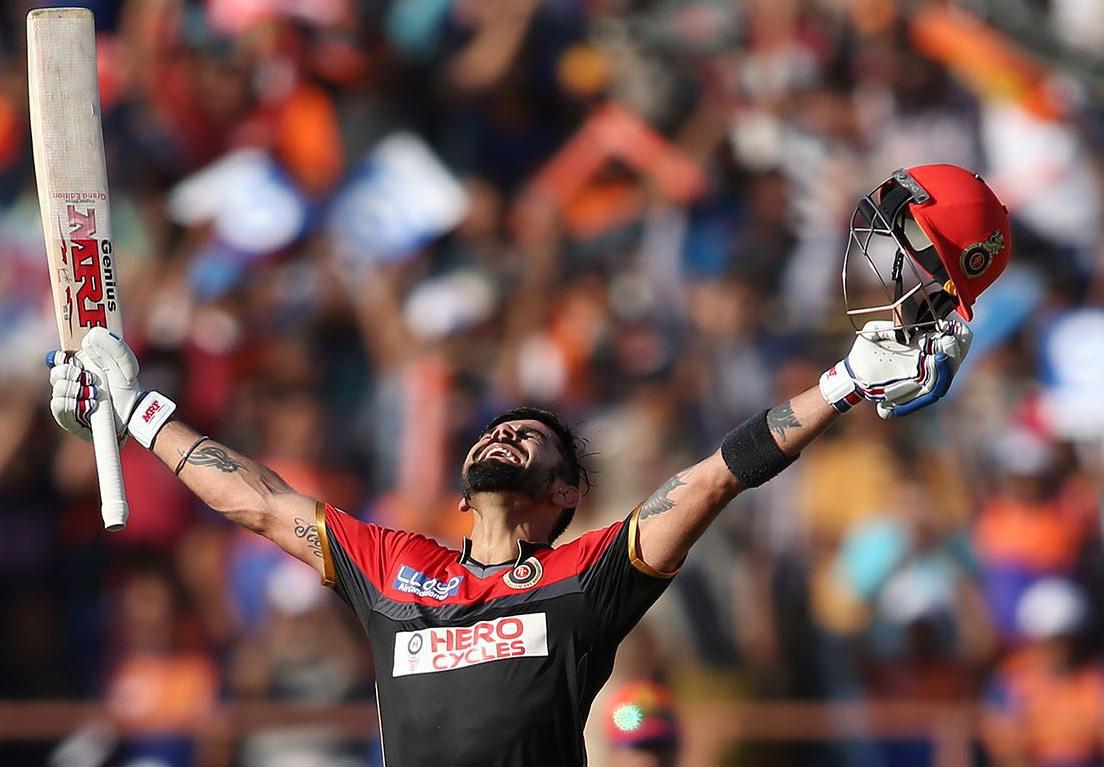The corridor of uncertainty: Inside cricket’s latest identity crisis
The sport’s new ‘The Hundred’ format thunders controversially towards us — but we shouldn't be afraid of change, says Jack Napier
Were it not for the formation of Hampshire’s Hambledon Cricket Club sometime around 1750, cricket as we know it may never have come to exist. Shortly after the club was established, so too were the game’s original rules, in part to help prevent (or at least settle) gambling disputes between the high-flying, big-betting, hobnobbing regulars at the ground. Among other things, these rules introduced such fundamental principles as the use of three stumps, rather than two, and the restriction of bat-width, outlawing unreasonably girthy willow.
Travel forward some 270 years, with the inaugural season of The Hundred set to start July 21, and the atmosphere in some quarters is twitchy. For these people it is as though the mighty hand of franchise sport (which, to be fair, is mighty) is about to reach back through time, tear up the rules and destroy one of the few things that in 21st Century Britain is still totally, unironically, wholesomely loveable — cricket.

The once-maligned Twenty20 format came along as recently as 2001 — and is now played in by far the biggest competition in cricket
Critics fear, with varying levels of justification: the introduction of new terminology (and by extension, the omission of old); the ‘Americanised’ mass-marketing of cricket; the decline of test match cricket; the homogenisation of the sport; and, ironically, then, the fragmentation of it. But are these concerns really a response to The Hundred? Or do they relate more to an ongoing wrestling match the sport is embroiled in with its own identity?
Much has been made of the new terminology already but I’ll dip my toe. Most of the conversation is around the proposed replacement of the term ‘wicket’, with that of ‘out’, imported from the world of baseball, across the Atlantic. This would be an insane move, and has been put forth on the basis of the type of condescending, Boomer-tinted PR and focus group worship that has previously led old white men obsessed with strict dress codes and expensive membership fees to believe the reason fewer young people play golf now is its lack of smart mobile apps. As Greg Baum writes in the Sydney Morning Herald: “It’s Ponzi-plus, but it makes it look like something meaningful is happening. That’s what consultants do.”
Another proposal is to replace the term ‘batsman’, with that of ‘batter’. Simon Heffer provides both context and opposition to this change in his column in The Telegraph: “Batsmen are to become ‘gender neutral’ and thus called ‘batters’, a repellent term that has seeped into the language of some of the more uncouth television and radio commentators.” Call me uncouth, Mr Heffer, but that’s absurd. Changing ‘batsmen’ to ‘batters’ is hardly an attack on the foundations of the sport, though it is perhaps a challenge to traditional participation and ownership. More female (and, of course, male) engagement with the sport will only make it stronger.

The Hundred is already backed by some of the biggest names in cricket
It’s worth adding, though, that the fielding position Third Man, to which I’ve inadvertently squeezed the majority of my runs over the years, is also said to be under review in the pursuit of gender neutrality. I can’t work out exactly why I oppose this change, but I do. Perhaps it’s got something to do with having a sense of belonging in what Daniel Harris describes in the Guardian as the “global community and eternal continuum” that is created around the idiosyncratic vocabulary of the game — indeed any game. Or perhaps after having been sent down there so many times as punishment for bowling nine ball overs, I’m experiencing some sort of Stockholm Syndrome. Or perhaps still, I’m just a hypocrite who’s bad with change and should be more sympathetic to Mr Heffer’s position on batters, but I don’t really think that is the case, or at least I really hope it isn’t.
“It’s Ponzi-plus, but it makes it look like something meaningful is happening. That’s what consultants do..."
If the threat of ‘outs’ has unified the cricket-loving public in recent times, so too has fear over the continued survival of the Test format. Considering its enormous success and global appeal it can be easy to forget that the Twenty20 format came along as recently as 2001, with the first official match not played until 2003. Just twenty years later, the IPL is by far the biggest cricket competition in the world and draws in all the biggest names (apart from players from Pakistan, who aren’t allowed to participate) with huge salaries and the promise of considerable technical development.
It is easy to see, therefore, why test match lovers are concerned their days — up to five at a time, of drinking watery ale and eating picnics in the sun (rain), listening to the gentle patter of polite applause after the crack of leather (red, crucially) on willow — may be numbered. And easier still, to see how they may perceive The Hundred as a fresh nail being prepared for the coffin. However, as England test captain Joe Root told the Sheffield Star, The Hundred is intended as a means of reaching “a new audience and [to] gain interest, not [as] a threat to the other formats”.

Virat Kohli, India’s formidable captain, is a shining example of how the more traditional and modern format’s can exist happily side by side
The Hundred’s ability to attract new fans will rightly be the yardstick against which it is measured, and it looks as though everything is in place to make that happen: it has attracted some huge names, including Kieron Pollard, Glenn Maxwell and Meg Lanning; it will be just £5 for under-16s to attend matches; and, up to eighteen of the matches will be on free-to-air television, loosening Sky’s stranglehold on the sport — surely the main reason for a decrease in its appeal over the last fifteen or so years. For test match lovers like myself, this should be seen as an opportunity to reach new homes, develop new players and, critically, create a new stream of revenue for the ECB, in order that it can continue to grow the sport across all formats.
Lords may be the home of cricket, but India is its beating heart and economic centre. Fans who thought the IPL would destroy the sport as we know need only look as far as India’s talismanic captain Virat Kohli, to see that the commitment to the longer format is alive in the modern player. If The Hundred can help create the funding and depth to strengthen cricket across formats in a similar way in Britain, it should be welcomed.
Read next: Henry Lloyd-Hughes on why acting, really, is just like cricket

Become a Gentleman’s Journal Member?
Like the Gentleman’s Journal? Why not join the Clubhouse, a special kind of private club where members receive offers and experiences from hand-picked, premium brands. You will also receive invites to exclusive events, the quarterly print magazine delivered directly to your door and your own membership card.


